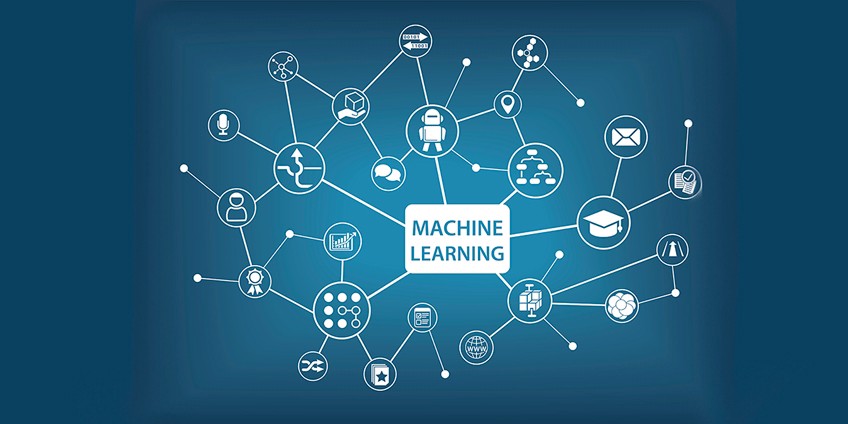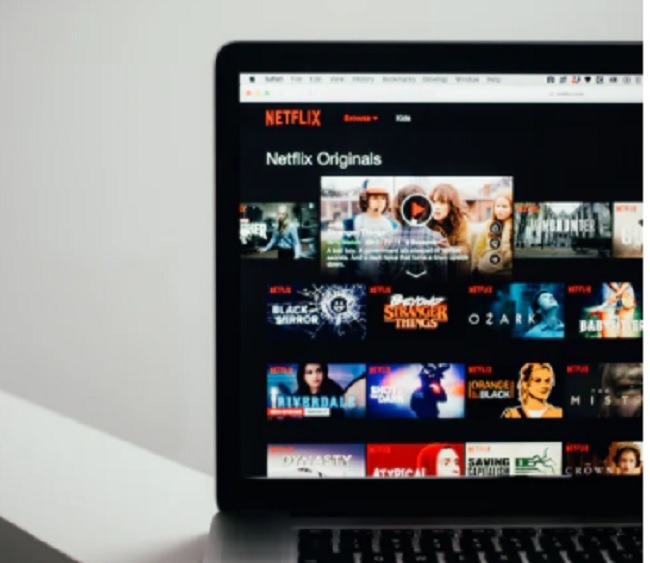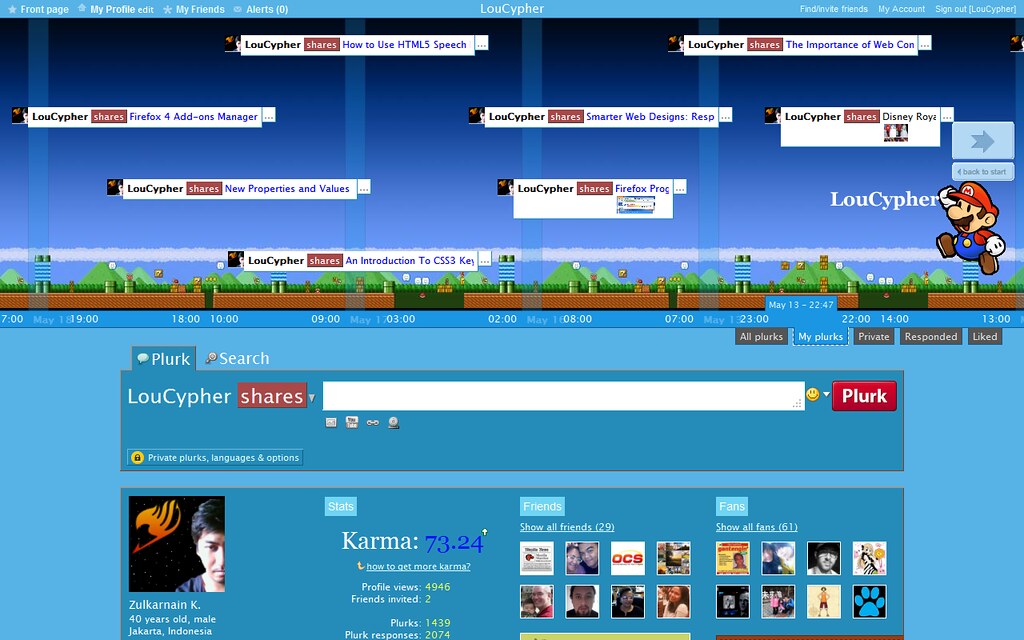In the intricate dance of digital content delivery, striking the right balance between user accessibility and video content security is a paramount challenge addressed by Digital Rights Management (DRM). This article explores the delicate equilibrium required to ensure a seamless user experience while robustly protecting video content from unauthorized access and distribution.
Introduction:
As the demand for digital content surges, the challenge lies in providing users with accessible, enjoyable experiences while concurrently safeguarding valuable video content from piracy threats. This article navigates the fine line between user accessibility and content security, examining how DRM functions as a critical tool in this intricate balancing act.
- Accessibility in the Digital Age: Meeting User Expectations:
In the digital age, user expectations for accessibility are high. Viewers anticipate the convenience of accessing video content across various devices, platforms, and locations. DRM responds to this demand by facilitating a seamless user experience, allowing legitimate users to enjoy content without unnecessary barriers or restrictions.
- Encryption: Safeguarding Content Without Compromising Access:
One of DRM’s fundamental tools is encryption, which serves as the bedrock of video content security. By encrypting video files, DRM ensures protection against unauthorized access, maintaining the integrity of content. However, the challenge lies in implementing encryption that, while robust, doesn’t compromise the user’s ability to access and enjoy the content effortlessly.
- Dynamic Access Controls: Tailoring Security to User Needs:
DRM video protection introduces dynamic access controls, providing a nuanced approach to content security. These controls allow content providers to tailor access permissions based on user needs, striking a balance between security and user convenience. Legitimate users enjoy seamless access, while potential infringers face barriers that deter unauthorized access.
- Multi-Platform Compatibility: Seamless Viewing Across Devices:
A critical element of user accessibility is the ability to view content across different devices and platforms. DRM addresses this by ensuring multi-platform compatibility. Legitimate users can enjoy content seamlessly on their preferred devices, while DRM imposes barriers for unauthorized attempts to access content on non-compliant platforms.
- User Authentication: Navigating the Balance of Security:
User authentication emerges as a navigational tool in the balance between security and accessibility. Implementing secure yet user-friendly authentication processes ensures that only authorized users gain access to the content. This delicate balance prevents unauthorized entry while maintaining a positive user experience.
- User-Friendly Interfaces: Minimizing Friction for Legitimate Users:
DRM strives to create user-friendly interfaces that minimize friction for legitimate users. By optimizing interfaces and authentication processes, DRM contributes to a positive user experience. Legitimate viewers can seamlessly navigate through access controls, enjoying content without undue hindrances.
- Educating Users: Fostering Understanding of Security Measures:
In the balancing act, user education becomes a crucial component. DRM not only secures content but also strives to educate users about the importance of security measures. By fostering understanding, users are more likely to appreciate the necessity of certain access controls, contributing to a collaborative effort in maintaining content integrity.
Conclusion:
Balancing user accessibility with video content security is a nuanced endeavor, and DRM stands at the forefront of this delicate dance. This article underscores how DRM, through encryption, dynamic access controls, multi-platform compatibility, user authentication, user-friendly interfaces, and education, plays a pivotal role in ensuring a harmonious equilibrium. In the complex landscape of digital content delivery, DRM emerges as a key enabler, facilitating an accessible and secure environment where legitimate users can enjoy content without compromise.













Comments